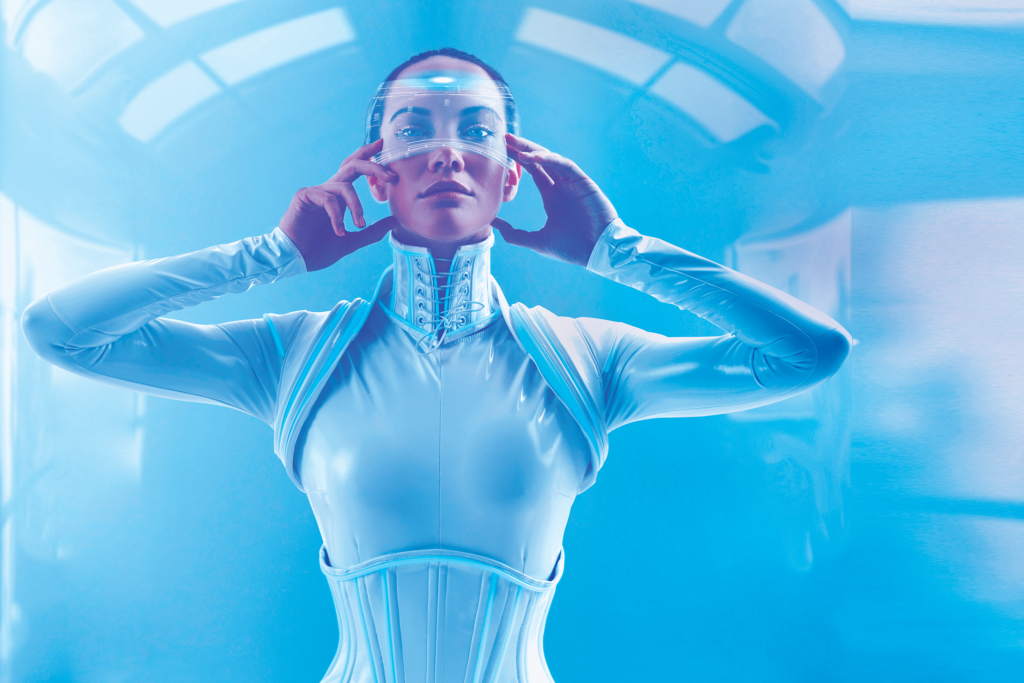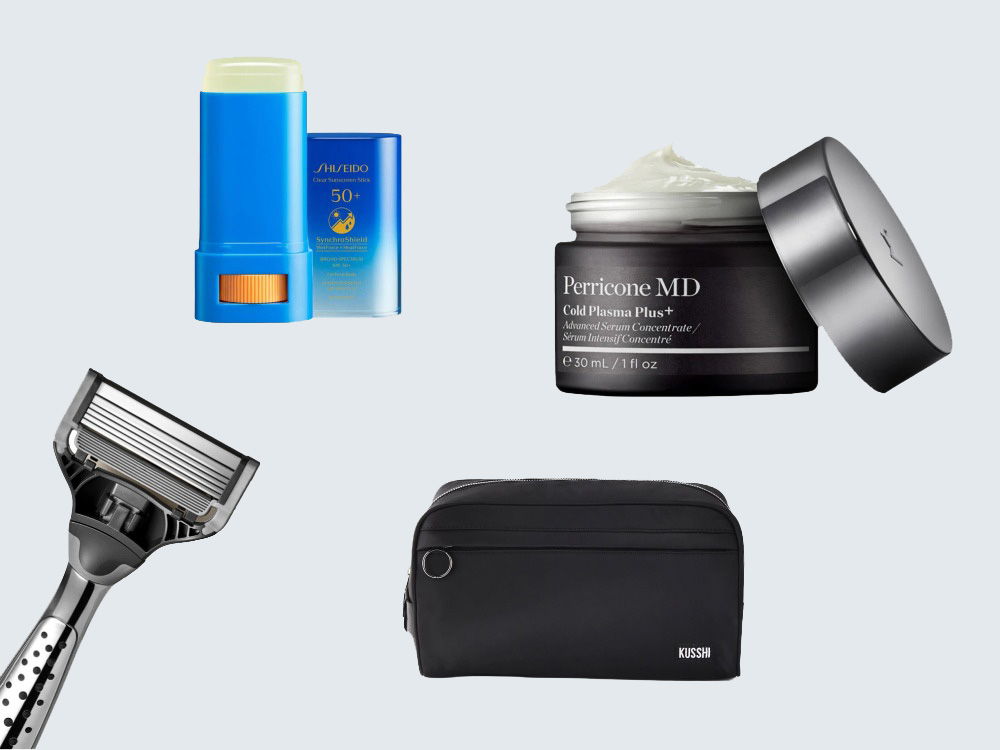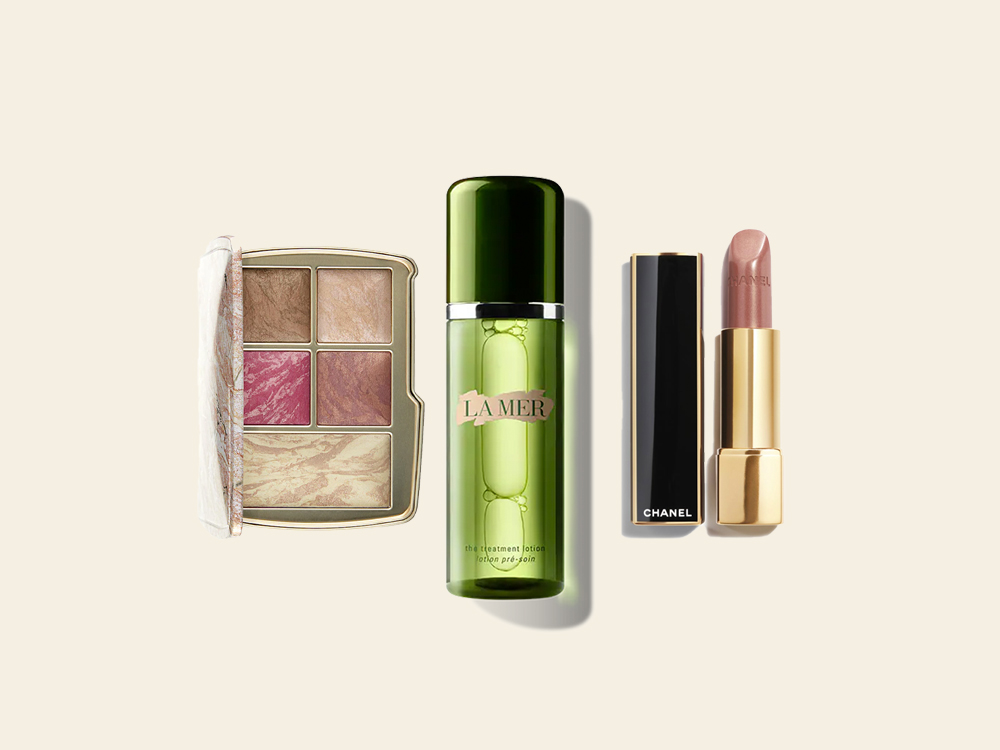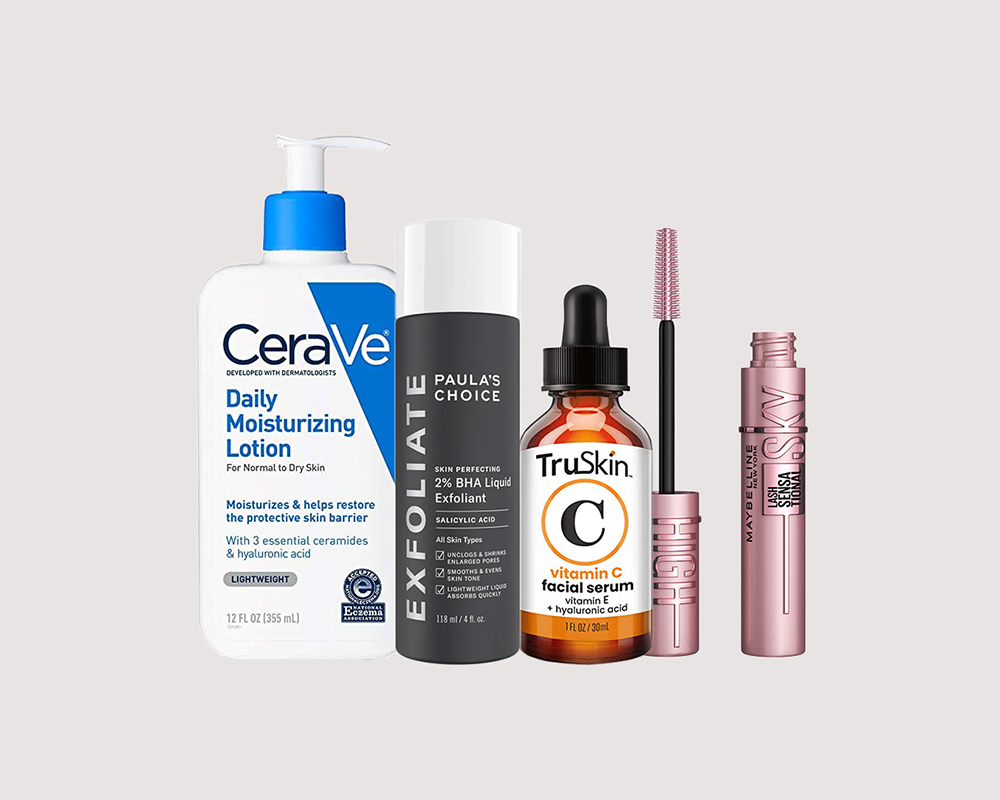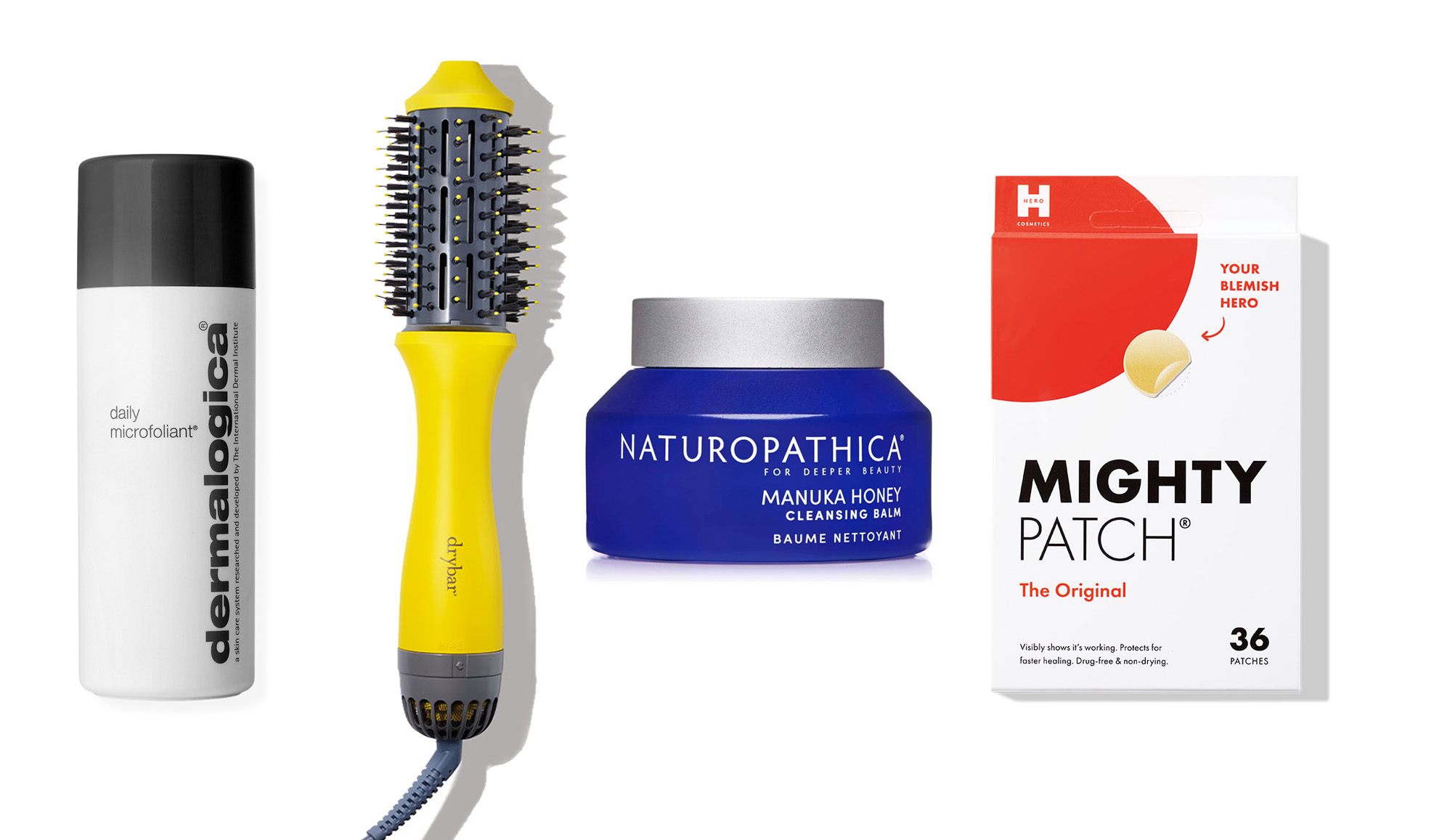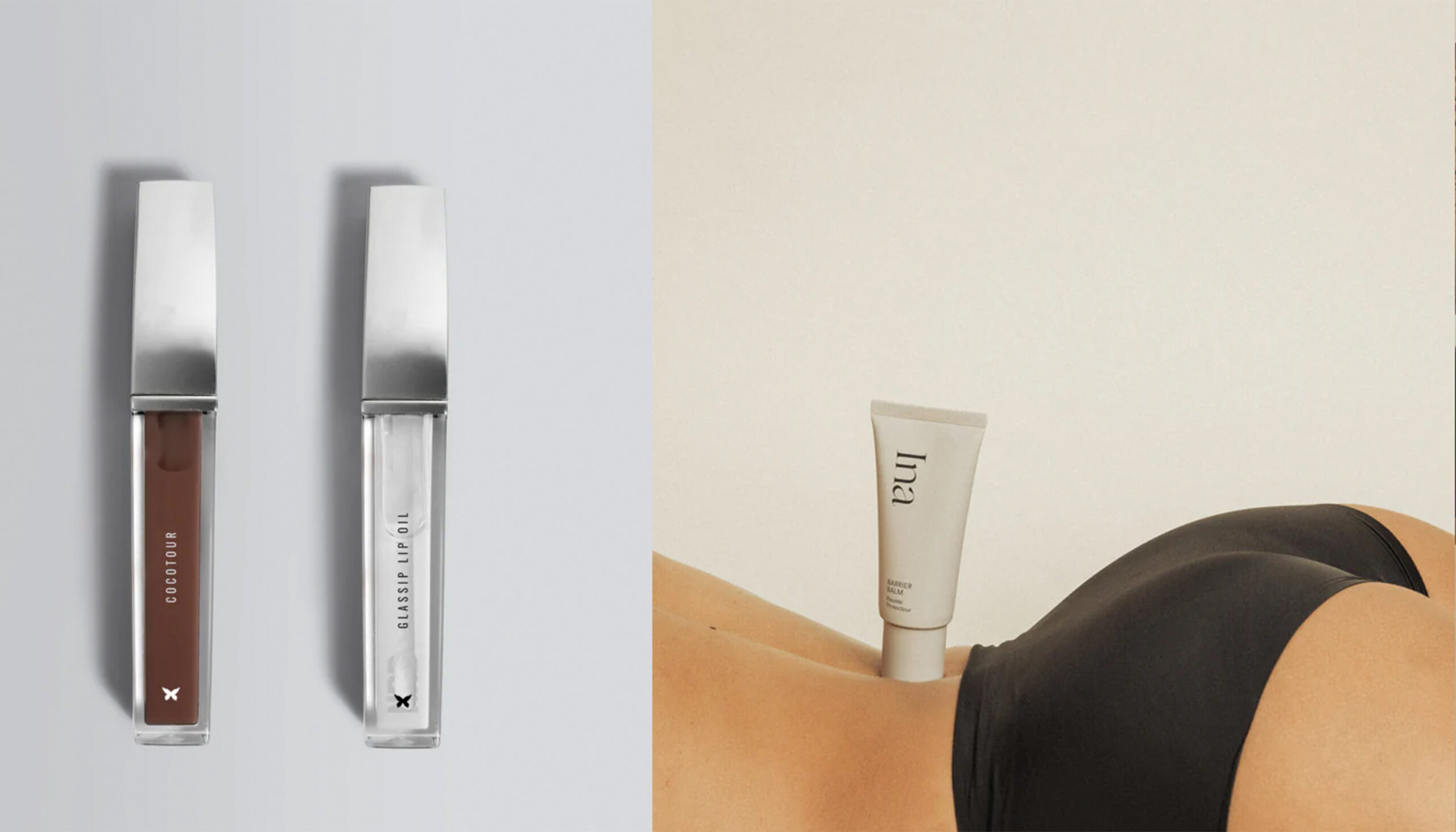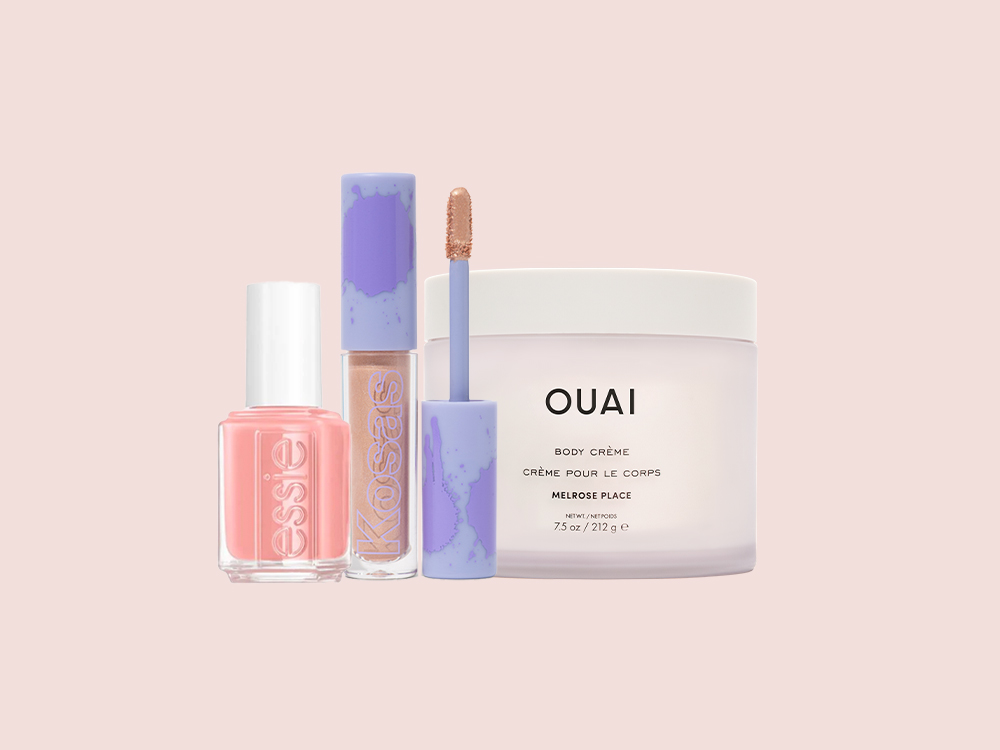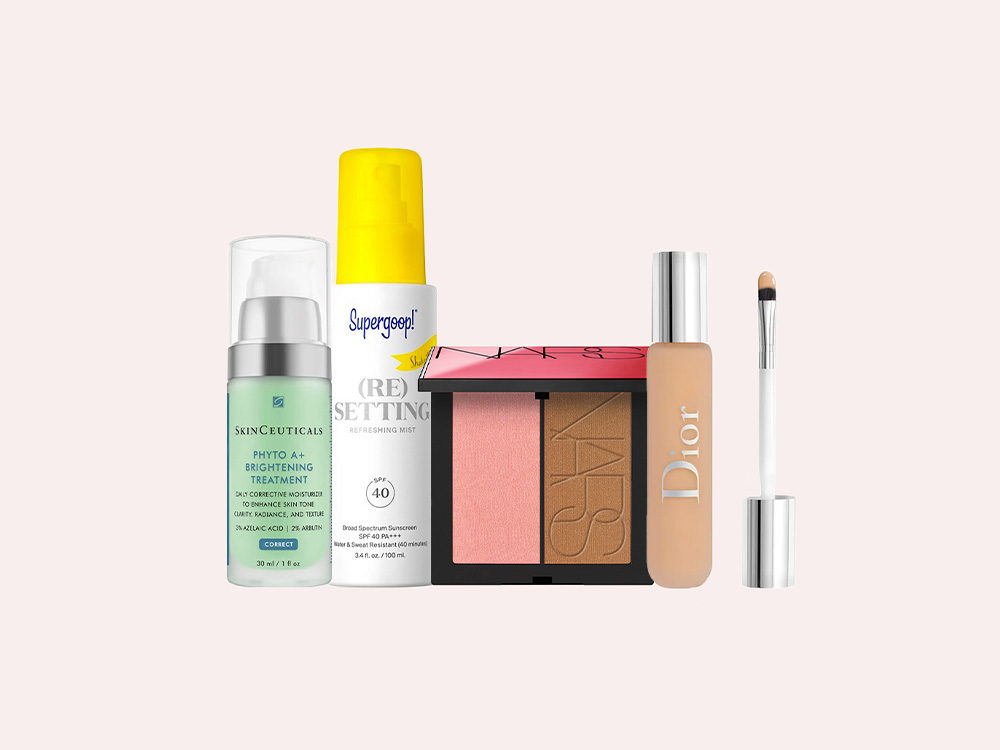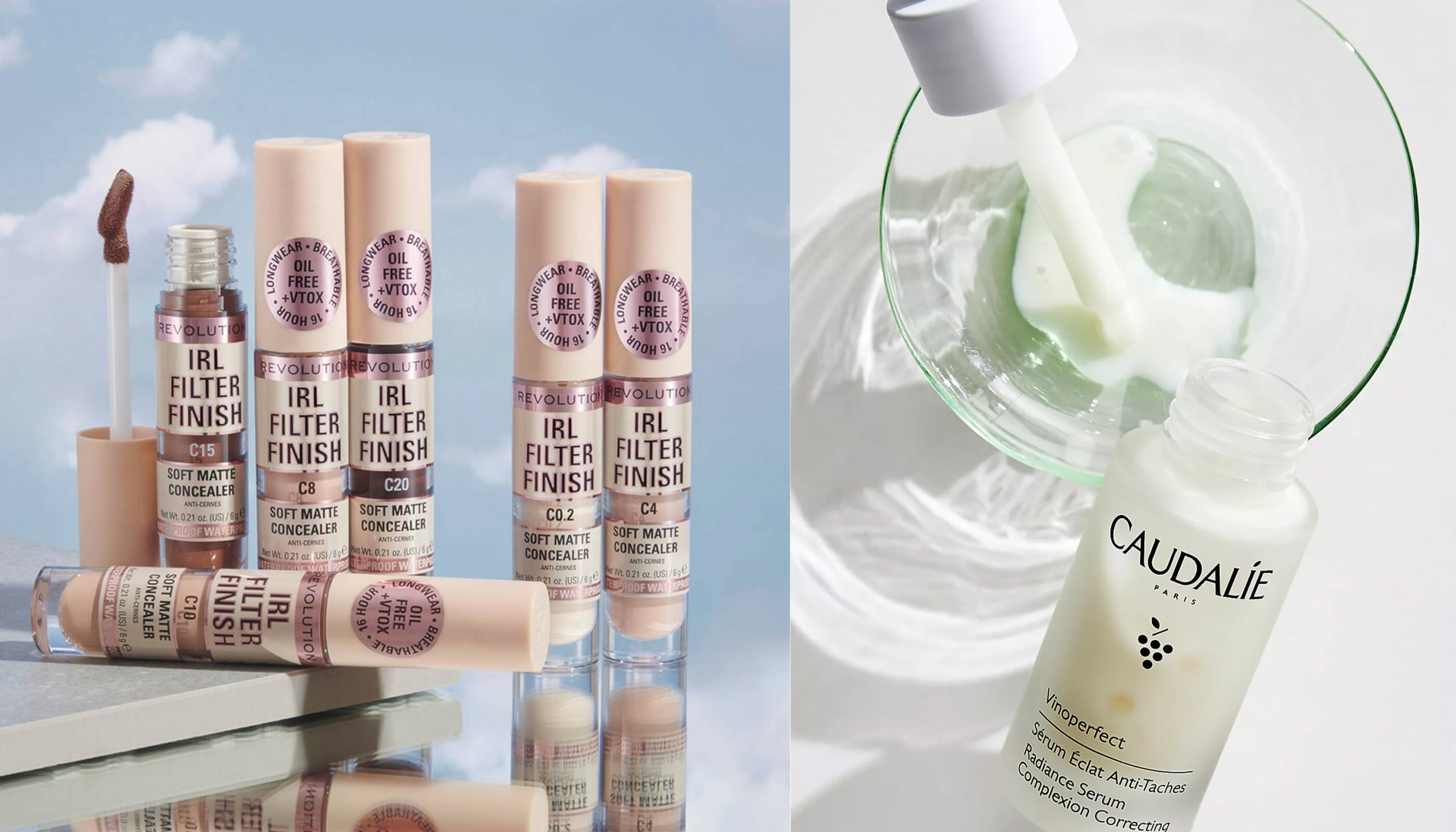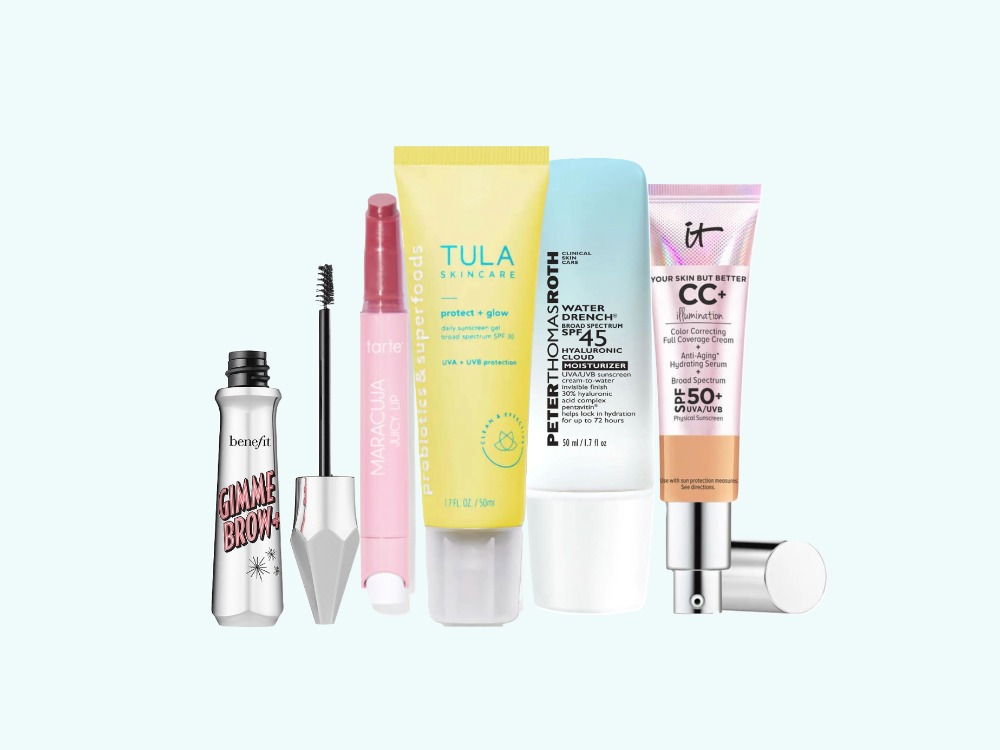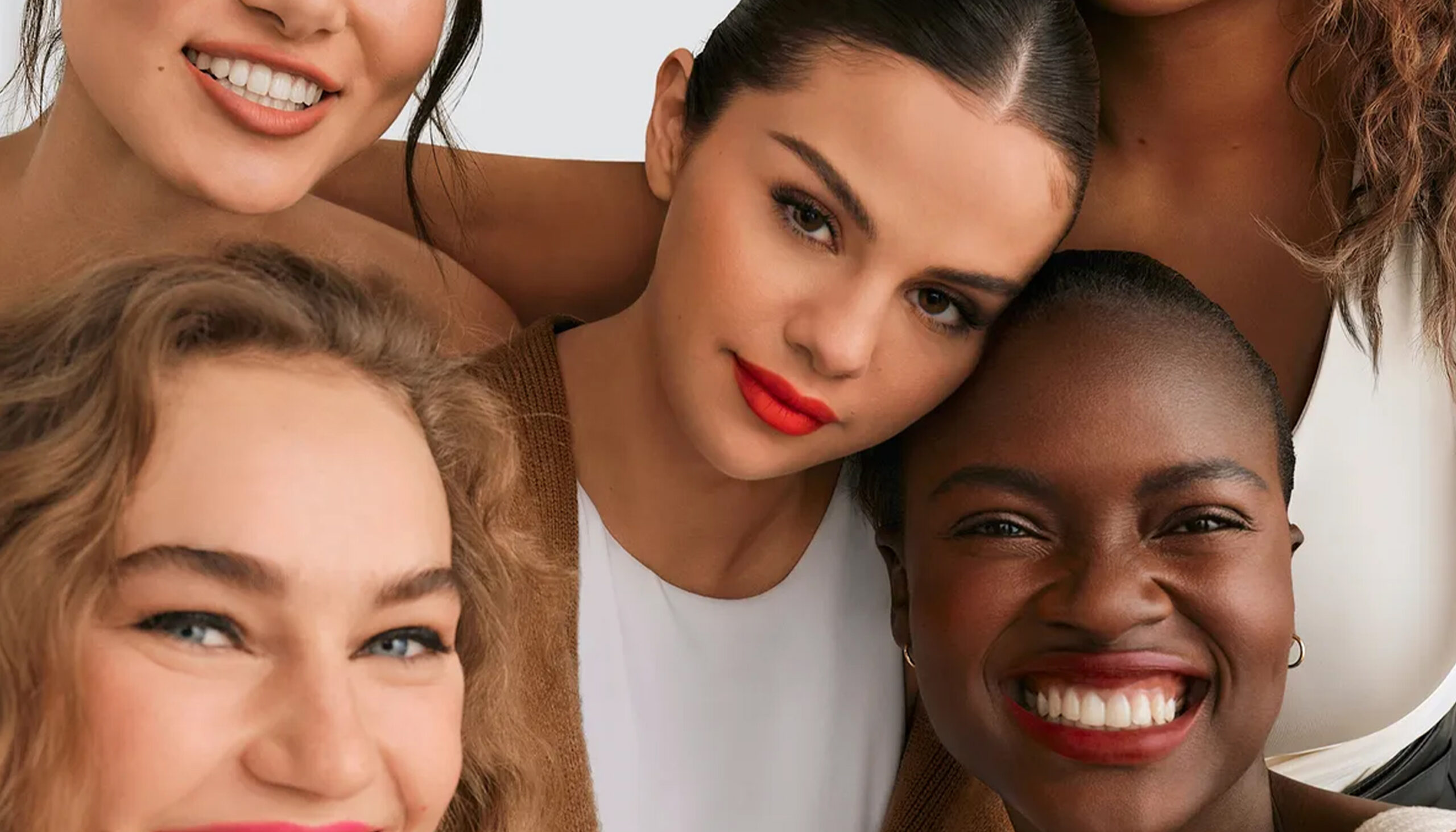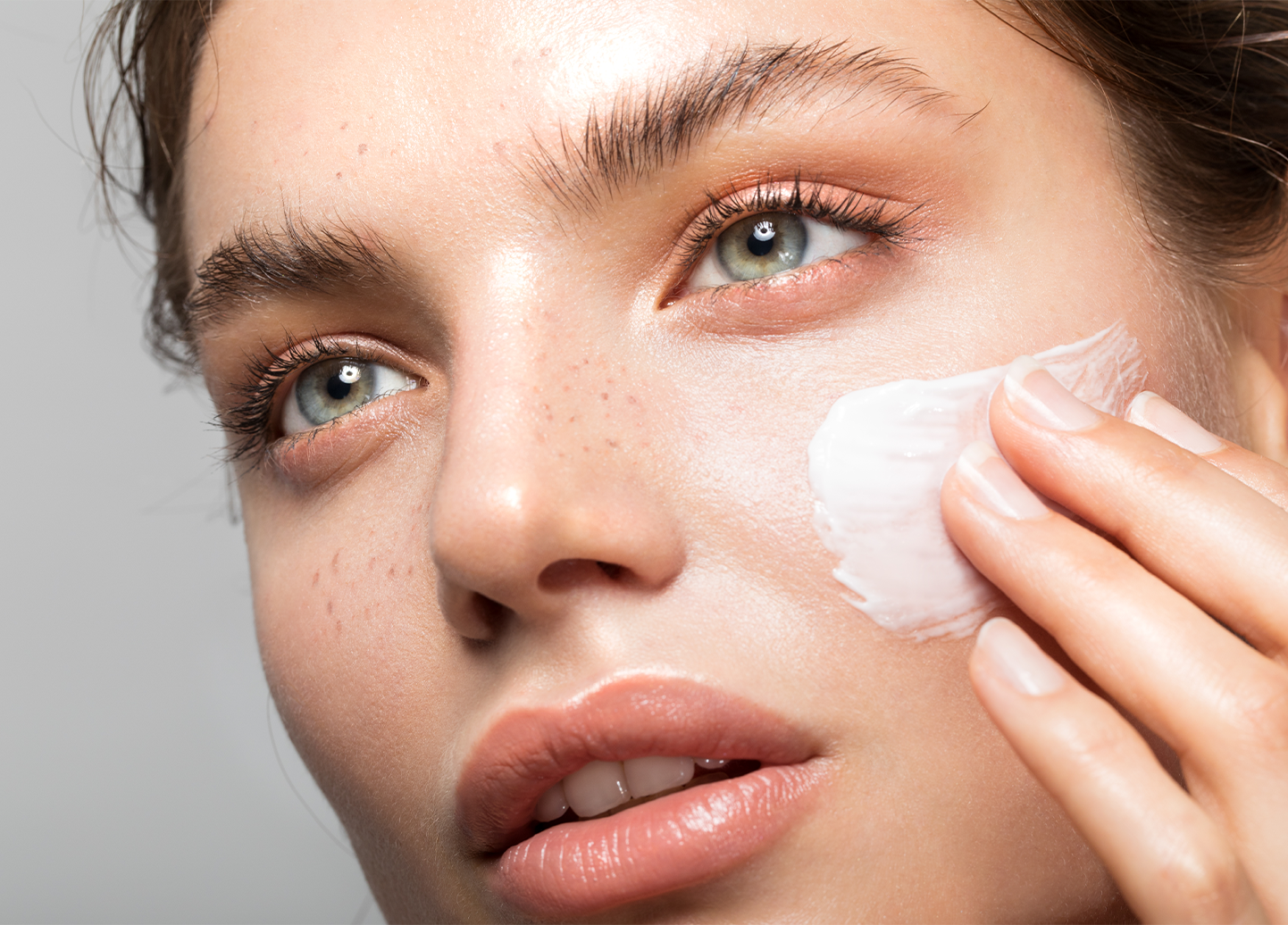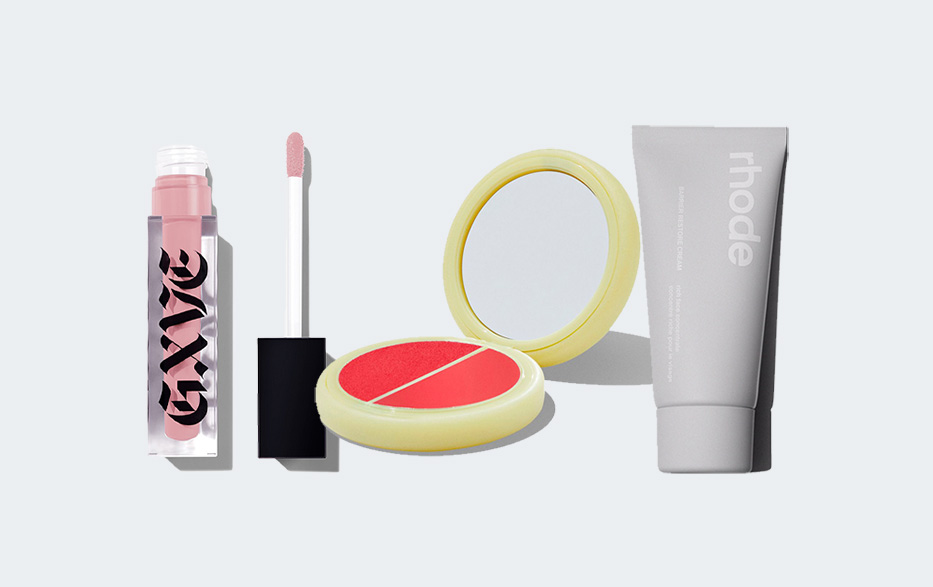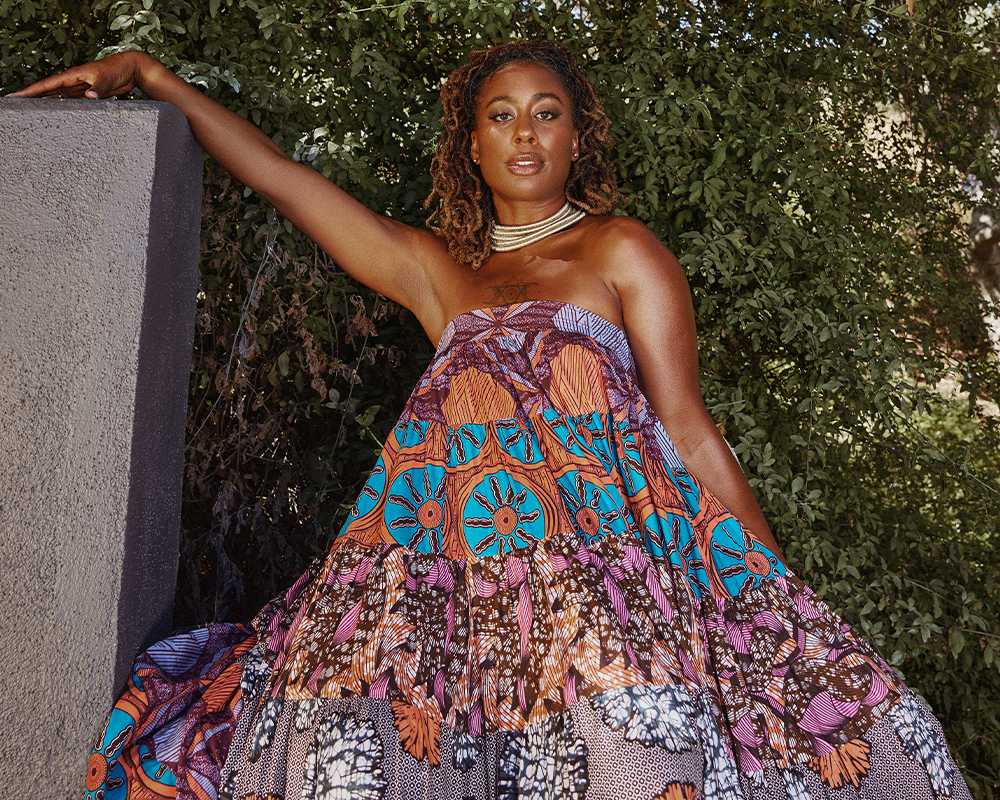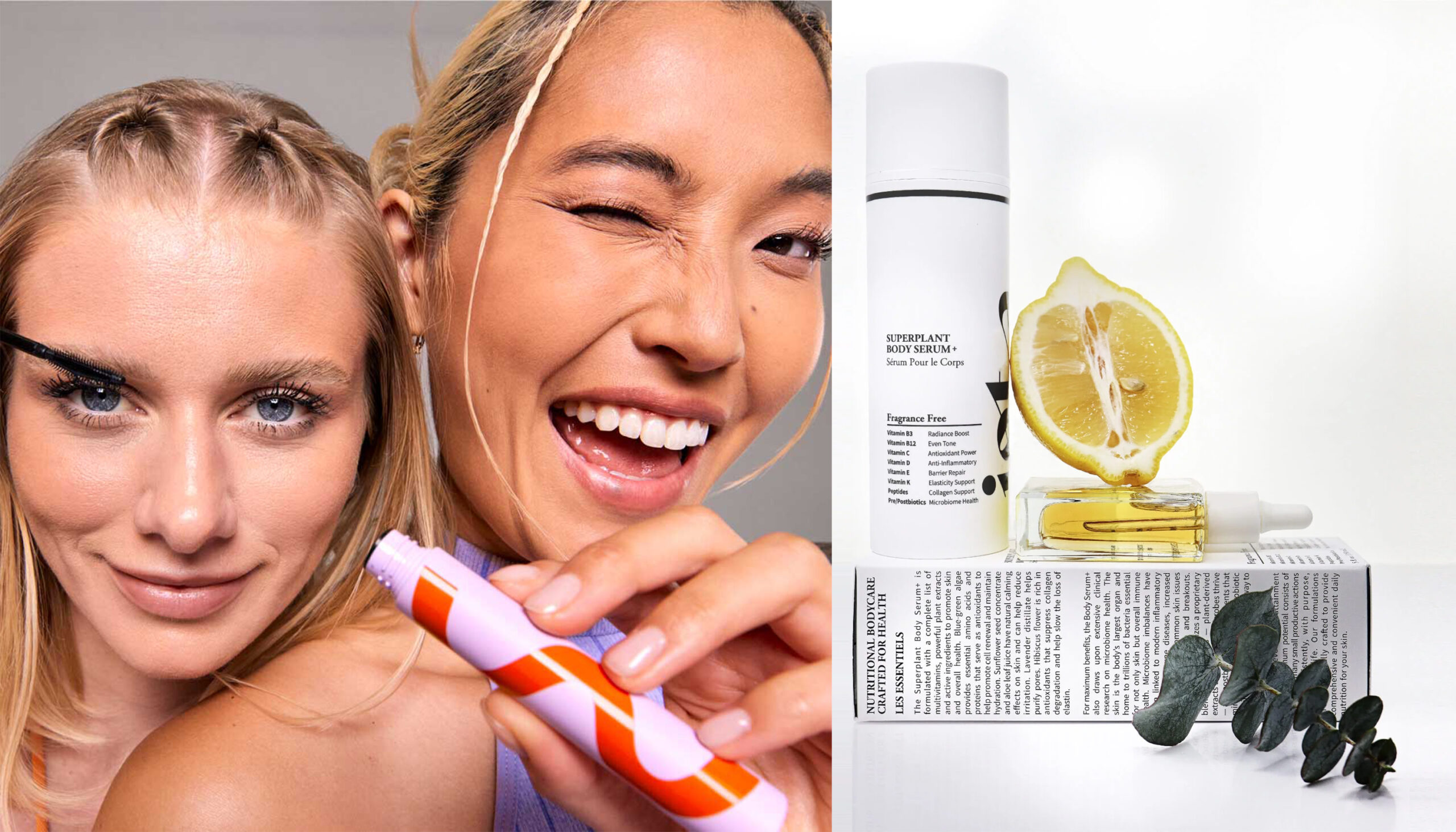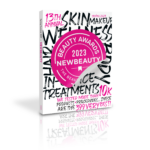Imagine a world where “Alexa, make my wrinkles disappear” really works. Unfortunately we aren’t there yet, but artificial intelligence and augmented reality have changed the way we experience beauty and aesthetics, and these new technologies are paving the way.
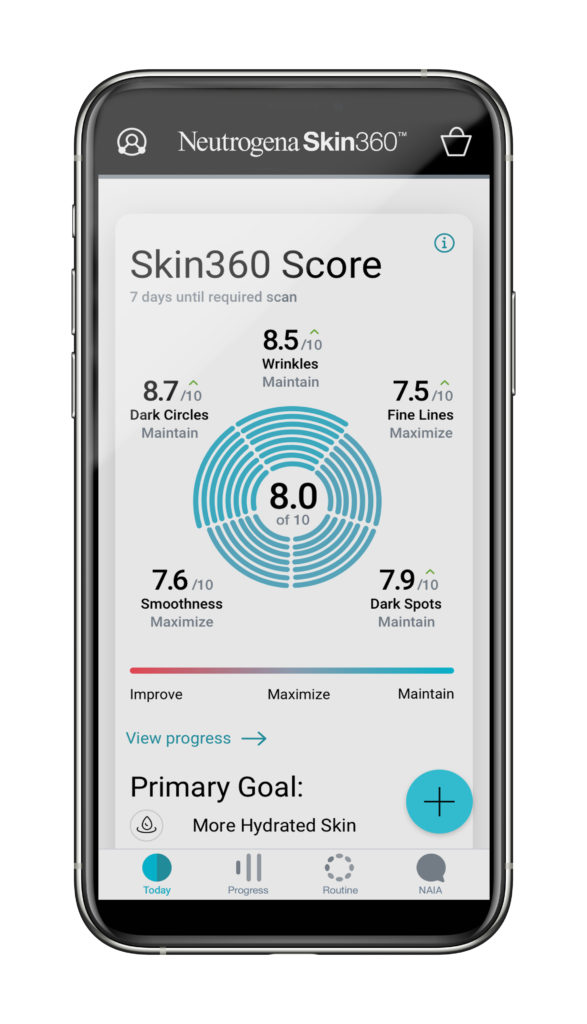
FACE VALUE
After the 2018 launch of Neutrogena’s first-generation Skin360 app, which required a skin-scanning tool, the team polled its users and went back to the drawing board. One key learning: Consumers wanted a way to analyze their skin without the extra tool, as well as the ability to track the impact of certain products on their skin health. The result is a “180-degree selfie analysis of skin pixels and facial attributes powered by YouCam technology,” says Dianne Rossetti, principal scientist for Johnson & Johnson Consumer Health.
“It provides a lightning-fast exam for a broad range of skin parameters such as lines, wrinkles, dark circles, dark spots, and smoothness to create a unique Skin360 Score.” Users can monitor behavior aspects as well by inputting their sleep, stress and exercise levels, and track those alongside their skin scores. Over time, a virtual skin coach of sorts—the app’s AI Assistant (NAIA)—builds a relationship with users, helping them identify an eight-week skin-care goal that is supported with artificial intelligence behavioral coaching.
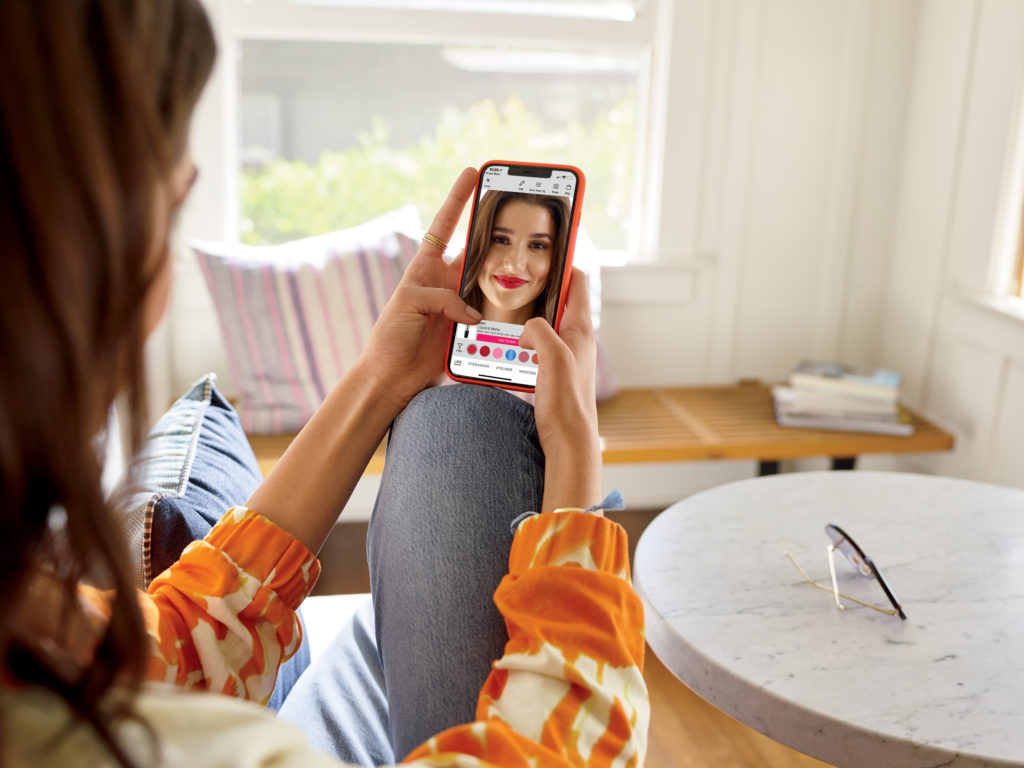
Another futuristic skin-care innovation comes from the Ulta Beauty app (engagement has increased nearly five times post-COVID): Its latest upgrade to its popular GLAMLab is a new augmented reality technology called The SkinAnalysis Tool. Free on iOS and Google Play, the app already offers virtual try-on services for everything from lipstick and hair color to faux lashes, and now, it adds a smart complexion-perfecting tool to the mix. After answering a couple quick questions, the user’s face is scanned for imperfections including lines, breakouts, dark spots and redness. Each one gets a “score”—minimal, moderate or severe— which determines product recommendations that can then be purchased directly through the app. One perk is that because Ulta Beauty carries such a diverse variety of brands, the suggested products span all different budgets and preferences.
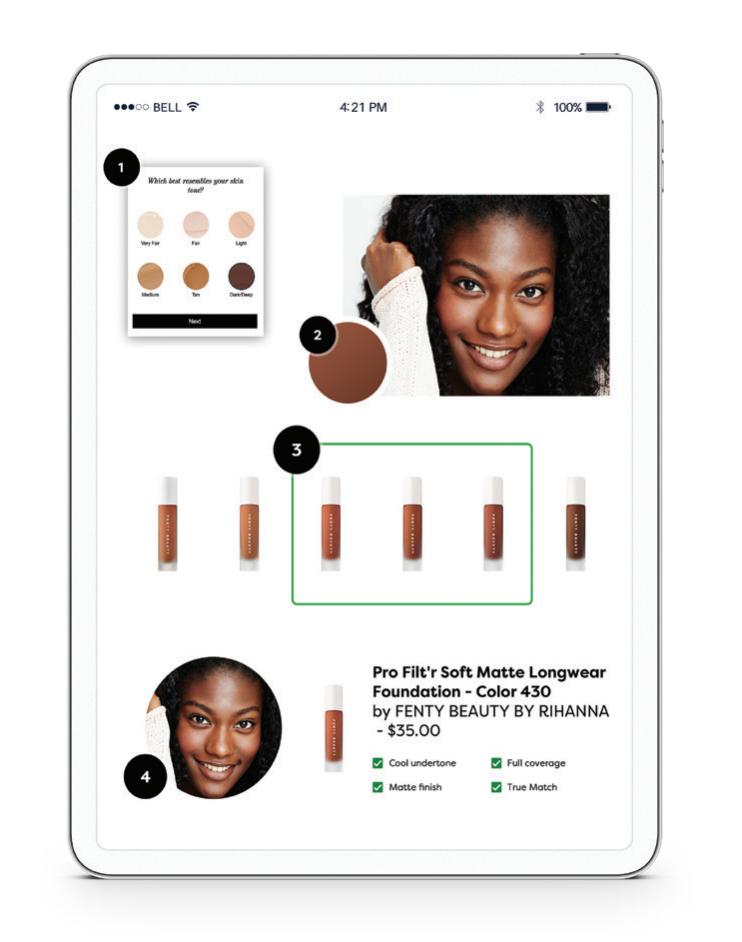
MATCH POINT
Shopping online has become a way of life for so many of us, especially since the pandemic practically squashed in-store sampling. However, finding the perfect shade of foundation can be quite the chore when on-screen swatches don’t match real-life skin tones. To solve the problem, Chris Merkle and the team behind MIME launched a Foundation Shade Finder. “Technically speaking, it’s a multilayer neural network trained by millions of data points including skin texture, tone, patterns and changes in environmental light,” Merkle explains. Two important factors make MIME’s proprietary artificial intelligence pipeline unique: “We have a great understanding of lighting conditions, so we can extract the best skin tone patterns, and we are the only the company with a color model to understand how foundation blends into the skin as it oxidizes (how it changes color when it dries).”
MIME’s technology is being licensed by retailers and brands for use on websites, mobile apps and in-store smart displays. How it works: Shoppers answer a few questions and then take a selfie—both are used to identify complexion, undertone and foundation preferences like coverage and finish. Oxygenetix and Cult Beauty are two companies taking advantage: “We’ve got a killer initiative in the pipeline with MIME,” says Alexia Inge, cofounder of Cult Beauty. ”Watch this space!”
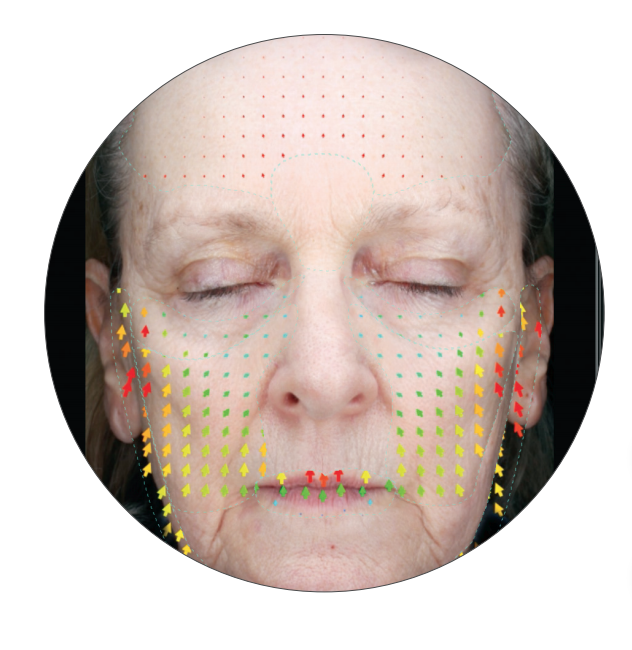
OFFICE HOURS
If you’ve ever been to a dermatologist or plastic surgeon’s office, you may have had your skin analyzed by the high-tech VISIA Imaging System, which rotates around patients’ faces to capture photos and detect UV damage, wrinkling, pore size, redness, skin texture and more. Adding to VISIA’s innovative system is a new wrinkle algorithm that significantly improves the detection and measurement of fine lines and wrinkles—it’s the device’s first-ever use of artificial intelligence. “The system’s proprietary technology utilizes standard, cross-polarized and UV lights in combination with computer software to increase accuracy when measuring surface and subsurface skin conditions,” says Sam Esposito, product manager for VISIA. “It analyzes furrows, folds or creases in the skin that can increase as a result of sun exposure and are associated with a decrease in skin elasticity.” This provides benefits for both professionals and patients alike, as it can help physicians determine where more filler or neuromodulator might be needed, and gives patients parameters for better skin-care use and treatment regimens.
VISIA also introduced a new Injectables Simulation, which, according to Esposito, automatically detects regions of the face, allowing patients to see what injectable treatments could look like in their lips, forehead, under-eye area and/or jawline.
